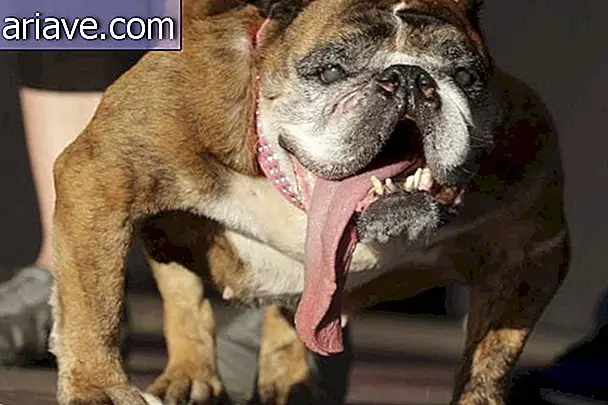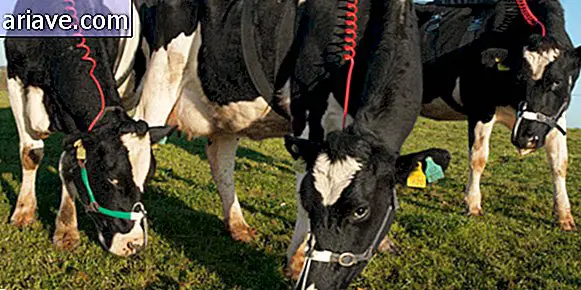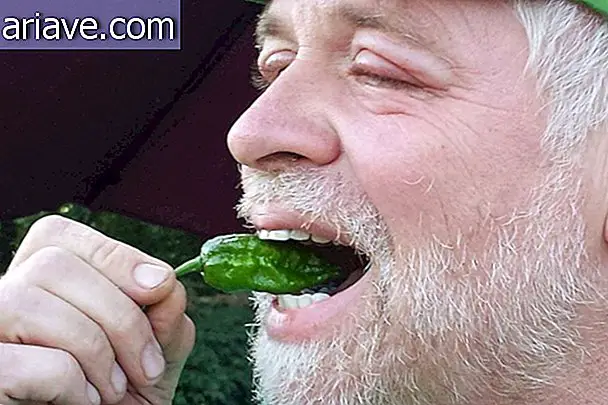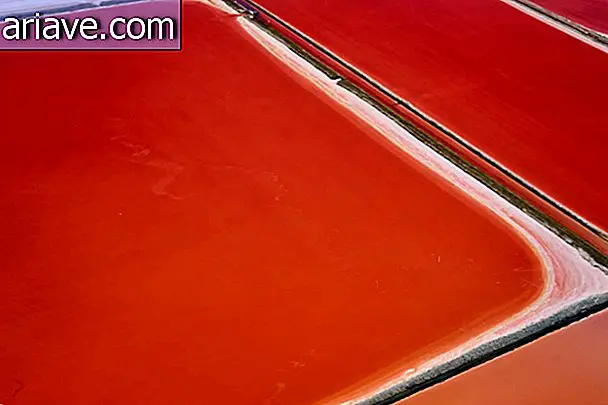Popular demonstrations are not new: meet some here
In times of protests, demonstrations and marches, it is worthwhile to take up some historical facts, also related to popular movements, which marked the politics of our country and proved that the people who take to the streets have strength and, above all, voice. In addition to waking the giant, sometimes you need to revive the memory of this sleeping beauty, and if you are one of those people who believe this is the first time this type of movement has happened, maybe it's time to learn a little more and review your speech.
The Jeep Revolt

Vintém was the word that denominated the amount of 20 réis, and, fighting against the payment of a jeep for the use of trams in Rio de Janeiro, the population took to the streets several times, between 1878 and 1879. At that time this kind of attitude caused conflict between protesters and the military. There were many cases of deaths and injuries during the protests in the then capital of Brazil. It is estimated that 5, 000 people took to the streets, which caused the tariff adjustment to be canceled.
The Vaccine Uprising

A Brazil without adequate sanitary conditions made the early 20th century a deterministic scenario, conducive to various diseases - which was very well described in the book “O Cortiço”, by Aluísio Azevedo, even though the work is from the late 19th century.
The sanitarist and head of the Public Health Directorate, Oswaldo Cruz, assured then-President Rodrigues Alves that he would end yellow fever outbreaks within three years.
The compulsory vaccination, a measure unknown at that time, and the violence that the government used to force the population to vaccinate, invading homes and taking violent approaches, took 3, 000 people to the streets between November 10 and 18, 1904. In total 30 protesters were killed, 110 injured, 1, 000 arrested and hundreds deported.
Half pass strike
It is definitely not from today that the population revolts. After witnessing three adjustments in the value of the ticket in a year in 1979, more than 15, 000 Maranhão took to the streets in Sao Luis on September 17, protesting the abusive increases. In contrast, the students, who were called outcasts, faced strong police repression, with 50 people injured and more than 1, 300 detained.
Despite the confusion, the half-pass law was passed on October 1 of that year, guaranteeing a reduction in student fees.
Direct now

One of the best-known demonstrations took place with the intention of regaining the right to vote, abolished during the 1964 Military Coup. died and caused the following year to be marked by a series of major demonstrations, the first of which, in the capital of Belo Horizonte, brought more than 400, 000 people to the streets on February 24.
April 10 was marked in Rio de Janeiro by gathering more than 1 million people protesting in favor of direct voting. On the 16th, it was São Paulo's turn, which brought together 1.5 million people. Several other Brazilian cities participated in the marches on different days, all with many protesters.
Proposed Constitutional Amendment (PEC) No. 5, which provided for the return of direct elections, was voted on April 25, 1984, and even receiving 298 votes in favor against 65 unfavorable votes and 3 abstentions, was invalidated, as 112 deputies allied to the military regime did not attend.
The then president João Figueiredo further censored the coverage of the national press and there was a strong police rebuke. Despite this, the movement had great historical importance to the struggle for democracy in our country and to the end of political rebuke and censorship imposed by the military dictatorship. The Brazilian population again participated in direct elections in 1989, following the implementation of a new Federal Constitution the previous year.
Collor's impeachment

The first president elected after the end of the military dictatorship, Fernando Collor de Melo said in his campaigns that he would end the power of the maharajas and corruption. However, two moments generated great national revolt during his rule: the confiscation of public money and the great scheme of corruption in partnership with the presidential campaign treasurer Paulo César Farias. This scheme was denounced and proved by the brother of the then president, Pedro Collor.
The population took to the streets to ask for Collor's removal on August 25, 1992. We are now talking about the protesters who became known as the “painted faces”, which were 400, 000 in Sao Paulo, 100, 000 in Recife, 80, 000 in Salvador. Already in September, on the 18th, 750 thousand people took to the streets in greater São Paulo. The long-awaited resignation took place on December 29 of the same year. Currently, Collor is a senator from Alagoas.
March of 100 thousand

This protest was against Fernando Henrique Cardoso's government. Protesters called for the Federal Government to be investigated through the opening of Parliamentary Committees of Inquiry (CPIs). It is estimated that 100, 000 people participated in the popular revolt against government corruption and the indiscriminate dismissal of investigations in 1999.
Turnstile Uprising

It all started with the abusive increase in the public transport fare in the capital of Santa Catarina, Florianópolis, when in June 2004 the 15.6% increase in the fare was approved. The population, who were already unhappy with the quality of service, left home to protest the abusive increase and even closed the bridge that connects the island to the mainland as a protest. The following year, a new readjustment provoked the revolt of the population, which this time was rebuked by the police.











